Welcome to pontoon boats, where lake life meets versatility and fun. Understanding pontoon prices is crucial for deciding whether you’re a first-time buyer or looking to upgrade.
From smaller models perfect for intimate gatherings to larger vessels designed for entertaining, pontoon boats offer a range of options to suit various needs and budgets. This guide will navigate the key factors affecting pontoon boat costs, helping you find the perfect balance between features, performance, and price.
Key Components:
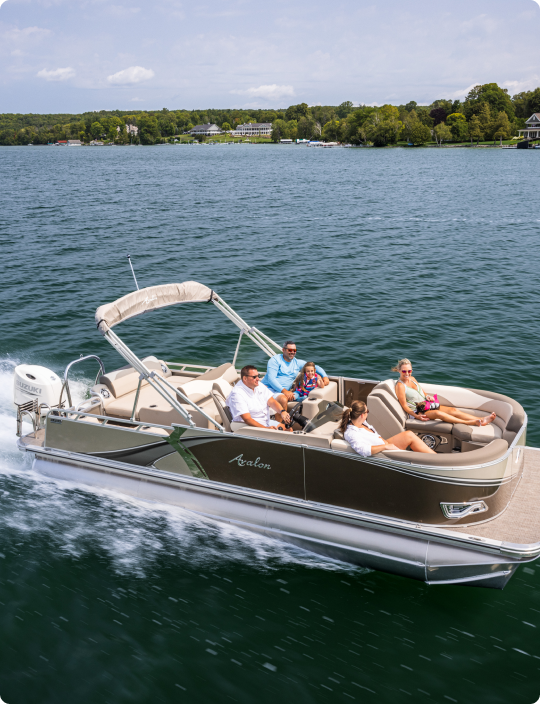
These elements form the foundation of every pontoon boat, but their quality and materials can significantly affect the overall cost. For example, opting for a model with pricier fiberglass siding instead of standard aluminum can increase durability and offer a sleeker look, but it will also increase the price.
Similarly, higher-quality furniture materials and more advanced helm controls will contribute to a higher upfront cost but may enhance your long-term enjoyment on the water.
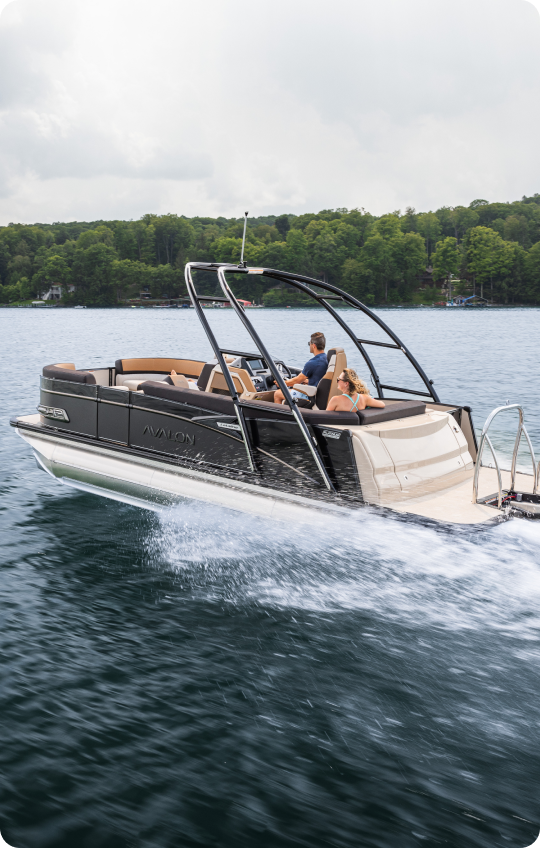
Size Factors:
The materials used in pontoon construction play a significant role in determining both price and longevity:
Material Choices:
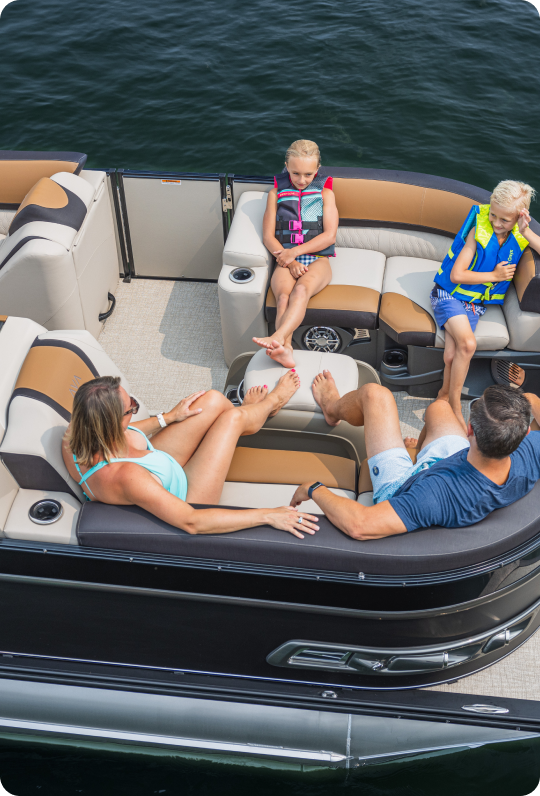
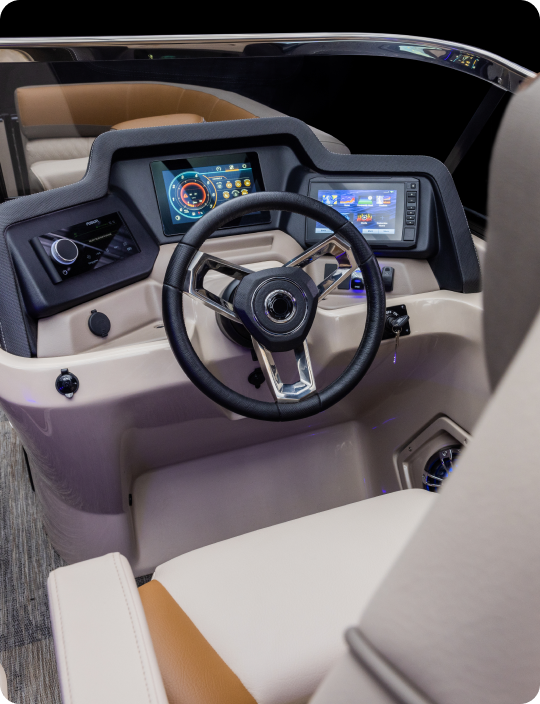
Engine Considerations:
When selecting an engine, think about your intended use. A single 90-150 HP outboard is sufficient for relaxed cruising and fishing.
However, if you plan on towing water skiers or traveling longer distances, consider a more powerful option or even twin-engine models. Remember, the cost increase for higher horsepower can be substantial, so balance your performance needs with your budget. Compare prices and performance specs to find the best value for your boating style.
Embark on 50 years of award-winning pontoon excellence with Avalon. Elevate your journey through unrivaled artistry, cutting-edge design, and supreme quality and service.
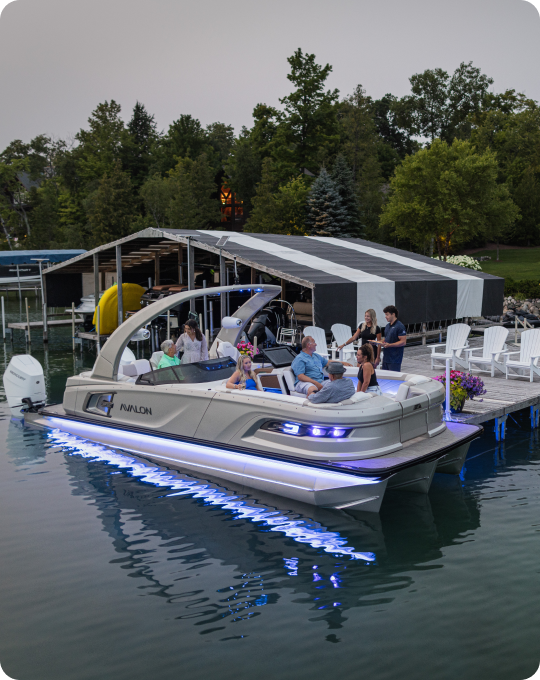
Choosing between new pontoon and used pontoon boats involves weighing several factors:

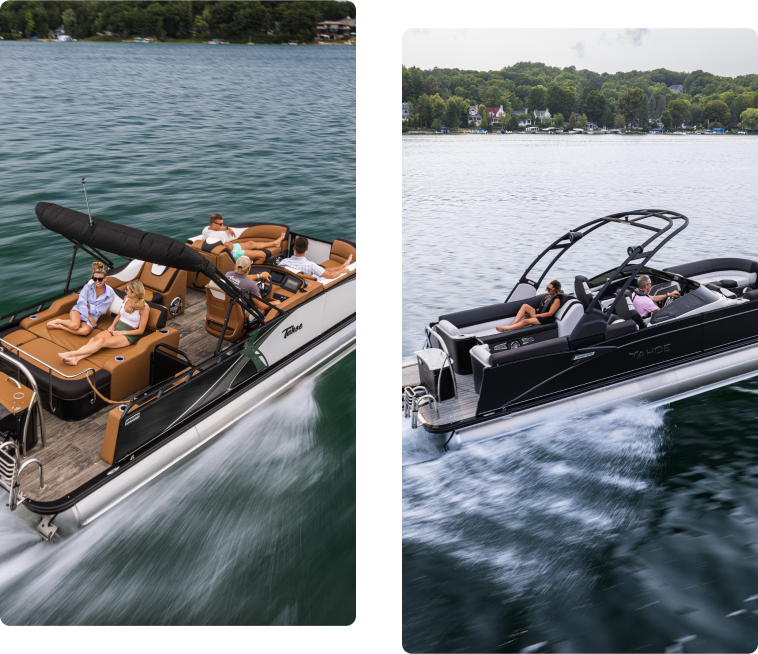
Navigating pontoon boat prices requires careful consideration of various factors, from size and materials to features and long-term costs. By understanding these elements, you can make an informed decision that balances your desires with your budget.
Remember to research and compare the prices of different pontoon boat models thoroughly. Don’t hesitate to consult with experienced dealers like Avalon or other pontoon owners. With the right approach, you’ll find the perfect pontoon boat to enhance your lake life and create lasting memories on the water.
Copyright © 2024 Avalon Pontoon Boats. All Rights Reserved. Sitemap
Copyright © 2022 Avalon Pontoon Boats. All Rights Reserved. Sitemap
One of our Pontoon specialist or a local dealer near you will contact you to help configure the boat that matches your exact needs.
Thank you for taking the time to contact us with your questions and concerns. We love being available for you electronically. Recently, though, we have begun to receive duplicate emails sent to multiple people in the company. In an effort to increase our efficiency and improve our customer service, we would appreciate it if you use our online contact us form to the right so we can automatically direct your request to the correct people on our team.
If you are in need of service regarding a warranty, please contact your dealer (find your local dealer here). Contact us only if your dealer’s service does not meet your needs.
Thank you,
The Avalon Team
903 Michigan Avenue,
Alma, MI 48801